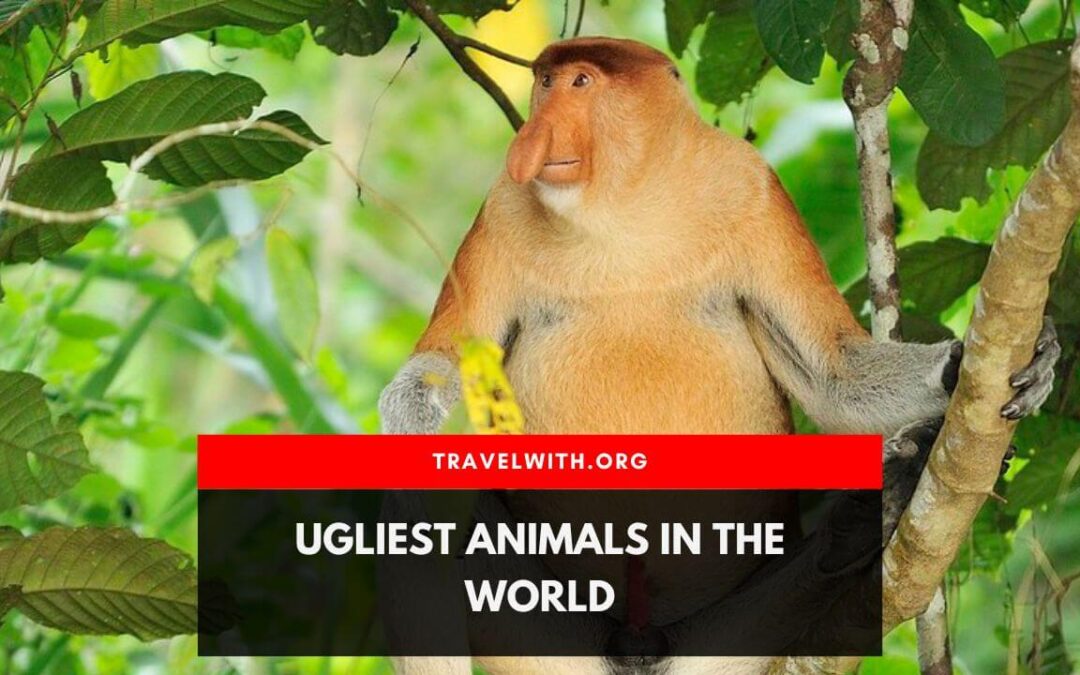Beauty is subjective, and the animal kingdom contains numerous creatures with distinct features and adaptations that set them apart. While some creatures are celebrated for their elegance, others might not win beauty contests. In this article we’ll look in-depth at “ugliest” animals – their habitats, conservation statuses and the features that distinguish them.
What ugly animals will we cover here:
| Species Name | |
| 1 | Blobfish |
| 2 | Naked Mole-Rat |
| 3 | Aye-Aye |
| 4 |
Star-Nosed Mole
|
| 5 | Bald Uakari |
| 6 |
Proboscis Monkey
|
| 7 | Warthog |
| 8 | Hagfish |
| 9 | Marabou Stork |
| 10 | Anglerfish |
1. Blobfish: The Deep-Sea Oddity
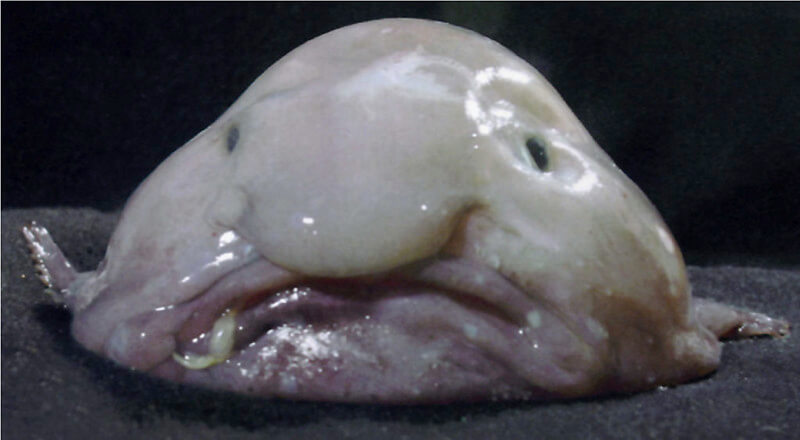
| Species Name | Blobfish |
| Habitat | Deep-sea |
| Conservation Status | Data Deficient |
| Unique Feature | Blob-like appearance out of water, normal fish shape underwater |
Habitat:
Dwelling in the ocean’s depths considered as deep sea fish, the blobfish navigates the challenging conditions of the deep-sea environment.
Conservation Status:
Data Deficient – Lack of sufficient information to assess its status.
Unique Feature:
Blob-like appearance out of water, transforming into a normal fish shape underwater.
The blobfish, a deep-sea denizen, has gained notoriety for its peculiar appearance. Out of water, it resembles a gelatinous blob, but its true form becomes evident in its natural habitat.
Adaptations:
The blobfish’s gelatinous appearance allows it to conserve energy in the low-pressure environment of the deep sea. Its unique adaptation ensures efficient survival in an extreme habitat.
Is blobfish the ugliest fish?
The blobfish is often considered the ugliest fish in the world, but this is based on a misleading image of a dead blobfish that has suffered decompression damage. In its natural habitat, deep in the ocean, the blobfish looks like a normal fish with a bulbous head, large jaws, and feathery fins. The blobfish has a gelatinous body that helps it float above the sea floor and feed on small prey that drifts by. The blobfish is not endangered, but it is threatened by bottom trawling, a fishing method that drags nets along the ocean floor and catches many unwanted species.
2. Naked Mole-Rat: Subterranean Marvel
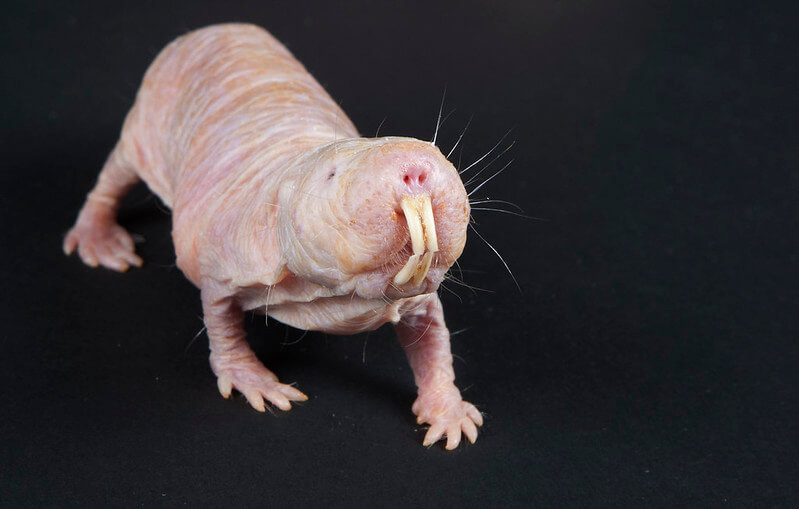
| Species Name | Naked Mole-Rat |
| Habitat | Underground colonies |
| Conservation Status | Least Concern |
| Unique Feature | Hairless appearance, loose skin for maneuvering |
Habitat:
Living in large colonies beneath the earth, these rodents thrive in intricate tunnel systems where they work together for the greater good of the colony.
Conservation Status:
Least Concern – Populations are stable.
Unique Feature:
Hairless appearance and loose skin for efficient movement in confined spaces.
Despite its lack of fur, the naked mole-rat is a fascinating rodent known for its social structure and unique adaptations to subterranean life.
Adaptations:
Their hairless bodies and loose skin enable them to move swiftly through tight spaces, contributing to their efficient subterranean lifestyle.
3. Aye-Aye: Nocturnal Tapper
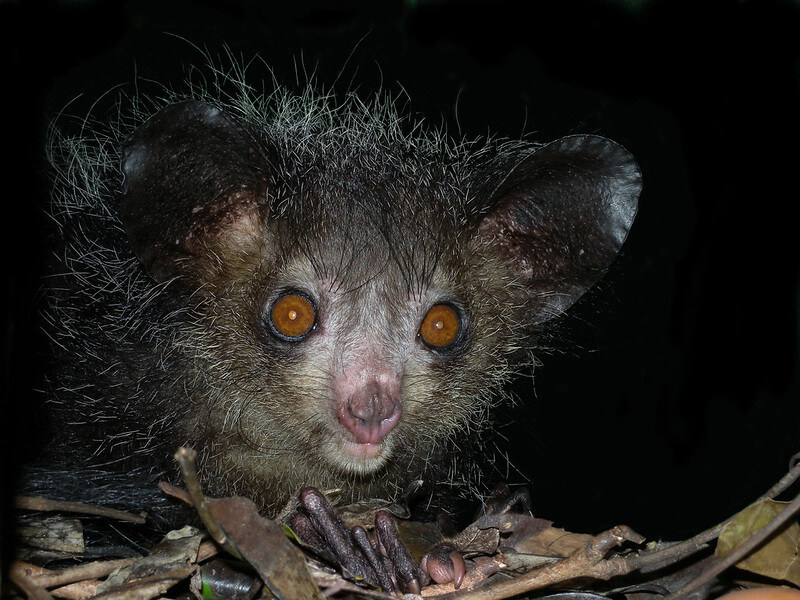
| Species Name | Aye-Aye |
| Habitat | Madagascar rainforests |
| Conservation Status | Near Threatened |
| Unique Feature | Nocturnal, rodent-like teeth, long thin finger for tapping |
Habitat:
Inhabiting the rainforests of Madagascar, this nocturnal primate taps on trees with its unique finger to locate and extract insects for sustenance.
Conservation Status:
Near Threatened – Facing a risk of becoming endangered.
Unique Feature:
Nocturnal behavior, rodent-like teeth, and a long, thin finger for tapping on trees.
The aye-aye showcases its peculiar appearance and behaviors in the lush rainforests of Madagascar, making it a captivating subject for study.
Adaptations:
The aye-aye’s specialized finger allows it to engage in a unique feeding behavior, showcasing the diversity of adaptations within the primate world.
4. Star-Nosed Mole: Sensory Specialist
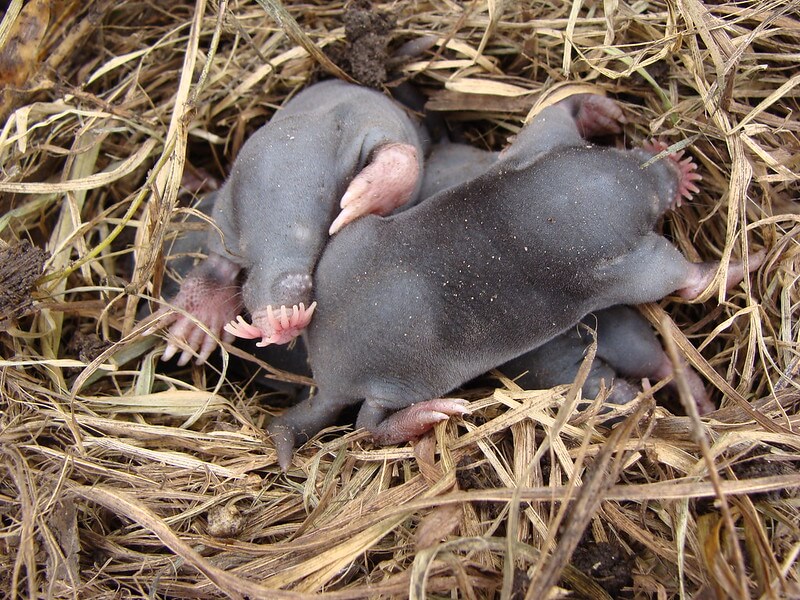
| Species Name | Star-Nosed Mole |
| Habitat | North America |
| Conservation Status | Least Concern |
| Unique Feature | Star-shaped nose with fleshy appendages for hunting |
Habitat:
Inhabiting wet areas of North America, these moles utilize their specialized nose to navigate and hunt in their subterranean environment.
Conservation Status:
Least Concern – Not currently at risk.
Unique Feature:
It is distinguished by its star-shaped nose, equipped with fleshy appendages used for hunting prey.
The star-nosed mole is a small, aquatic mammal that stands out with its distinctive nasal structure, allowing it to navigate its surroundings with remarkable precision.
Adaptations:
The star-shaped nose serves as a remarkable sensory organ, allowing the mole to detect and identify prey rapidly in dark, underground conditions.
5. Bald Uakari: Facial Communicator
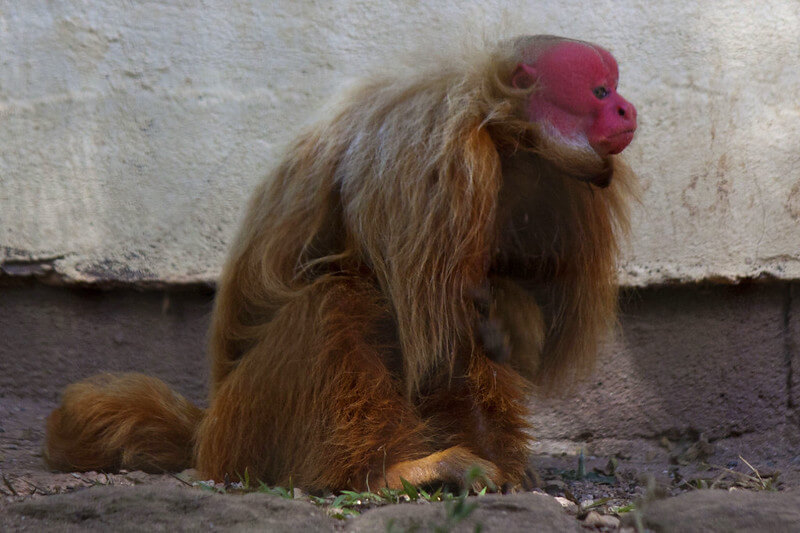
| Species Name | Bald Uakari |
| Habitat | Amazon Rainforest |
| Conservation Status | Vulnerable |
| Unique Feature | Bright red, hairless face indicating health and fertility |
Habitat:
Residing in the Amazon Rainforest, these monkeys are an integral part of the region’s rich biodiversity.
Conservation Status:
Vulnerable – Facing a high risk of endangerment.
Unique Feature:
Sporting a bright red, hairless face that indicates health and fertility to other uakaris.
With its striking appearance, the bald uakari plays a unique role in the intricate dynamics of the Amazon Rainforest.
Adaptations:
The uakari’s unique facial coloration serves as a visual indicator, playing a crucial role in social dynamics within the species.
6. Proboscis Monkey: Nose for Attraction
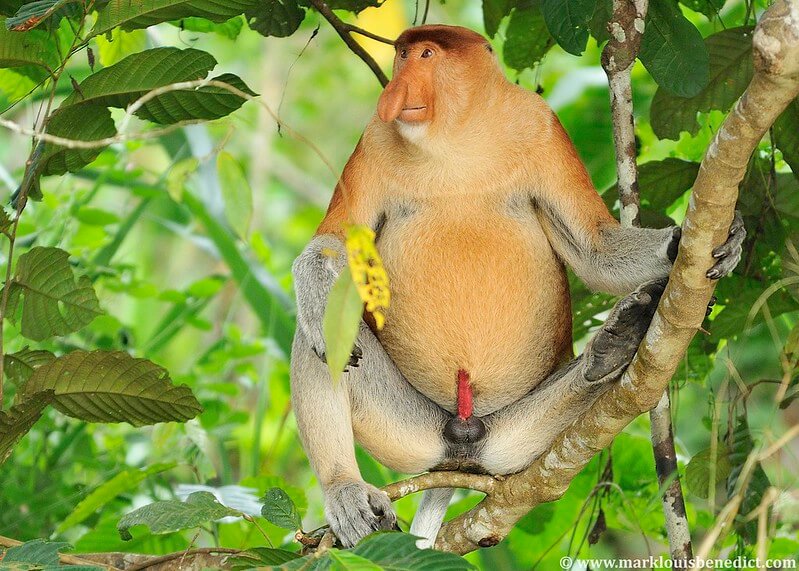
| Species Name | Proboscis Monkey |
| Habitat | Borneo and Sumatra |
| Conservation Status | Endangered |
| Unique Feature | Long, pendulous nose for mate attraction and vocalization |
Habitat:
Inhabiting the islands of Borneo and Sumatra, these monkeys navigate the lush rainforests with their peculiar facial feature.
Conservation Status:
Endangered – Population decline due to habitat loss.
Unique Feature:
It has a long, pendulous nose for attracting mates and amplifying vocalizations.
The proboscis monkey’s distinctive nasal feature is a visual spectacle and a crucial element in its social and reproductive interactions.
The proboscis monkey is a large primate distinguished by its long, pendulous nose, reaching up to 17 cm in length.
Adaptations:
The elongated nose is a visual spectacle and a tool for attracting mates and amplifying vocalizations, contributing to their social dynamics.
7. Warthog: Warty Warrior
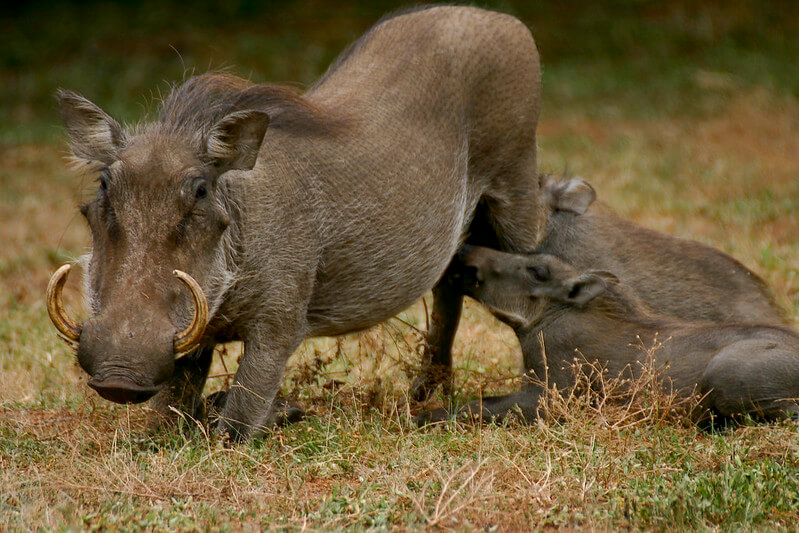
| Species Name | Warthog |
| Habitat | Sub-Saharan Africa |
| Conservation Status | Least Concern |
| Unique Feature | Four large tusks, warty growths on face for digging and defense |
Habitat:
Roaming the savannas and grasslands of Sub-Saharan Africa, warthogs are well-adapted to their diverse environments.
Conservation Status:
Least Concern – Currently not threatened.
Unique Feature:
Equipped with four large tusks and warty growths on its face, used for digging, fighting, and defense.
The warthog’s rugged appearance conceals its adaptability and survival skills in the diverse ecosystems it inhabits.
The warthog, a wild pig (member of the pig family), stands out with four large tusks and warty growths on its face, creating a rugged and distinctive appearance.
Adaptations:
The tusks and facial warts are essential for digging, fighting, and defense, showcasing the warthog’s resilience in the wild.
8. Hagfish: Slimy Deep-Sea Denizen
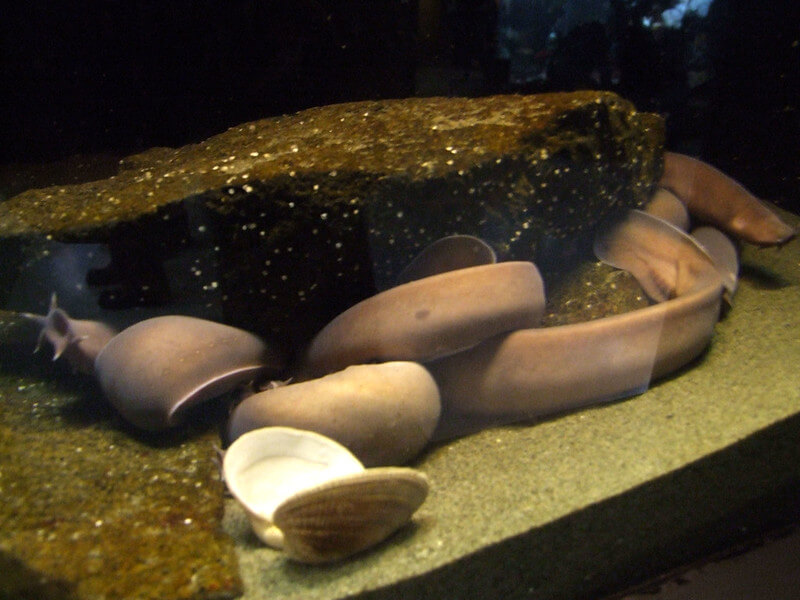
| Species Name | Hagfish |
| Habitat | Deep-sea |
| Conservation Status | Not Evaluated |
| Unique Feature | Slimy, eel-like appearance, mucus production for defense |
Habitat:
Thriving in the deep-sea environment, hagfish play a vital role in the ecological balance of their oceanic homes.
Conservation Status:
Not Evaluated – Limited data available for a comprehensive assessment.
Unique Feature:
Eel-like appearance, capable of producing copious amounts of mucus for defense and feeding on carcasses.
With its slimy exterior and peculiar feeding habits, the hagfish is a mysterious inhabitant of the deep-sea environment.
Adaptations:
The slimy exterior and mucus production serve as effective defense mechanisms, allowing hagfish to navigate their dark and challenging habitat.
9. Marabou Stork: The Unconventional Scavenger
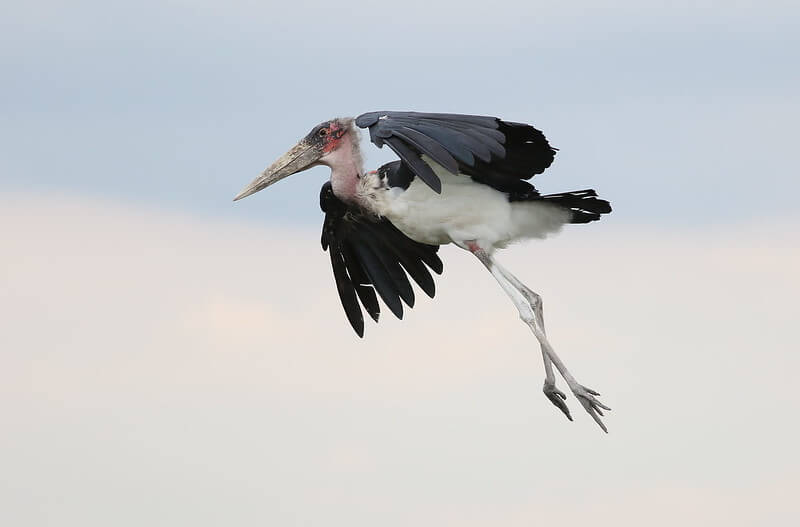
| Species Name | Marabou Stork |
| Habitat | Africa south of Sahara |
| Conservation Status | Least Concern |
| Unique Feature | Bald head, pink gular sac, scavenger feeding habits |
Habitat:
Frequenting regions in Africa south of the Sahara, these storks contribute to the ecosystem by cleaning up carrion and waste.
Conservation Status:
Least Concern – Currently not facing significant threats.
Unique Feature:
Characterized by a bald head, a large bill, and a distinctive pink gular sac, with scavenging habits.
The marabou stork, though unconventional in appearance, plays a vital role as a scavenger in the ecosystems it inhabits.
Adaptations:
The bald head and pink sac are part of the stork’s scavenging toolkit, allowing it to thrive in environments with abundant carrion and refuse.
10. Anglerfish: Deep-Sea Luminescent Lure
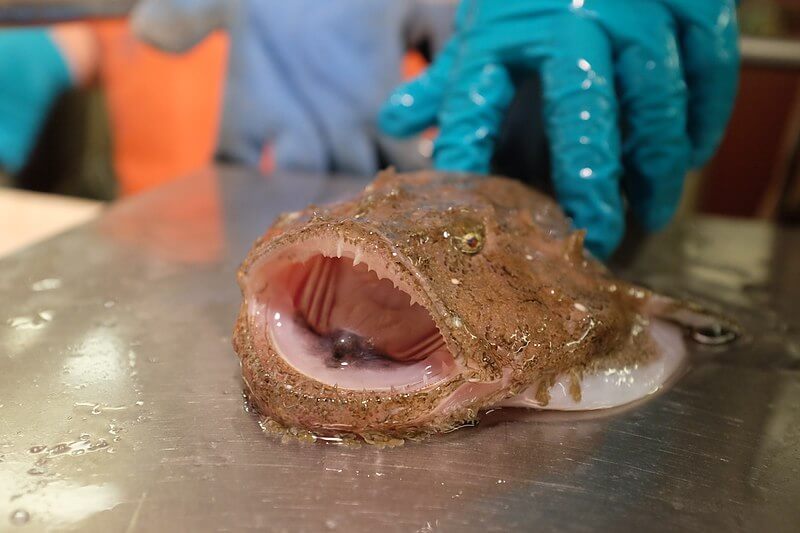
| Species Name | Anglerfish |
| Habitat | Deep-sea |
| Conservation Status | Data Deficient |
| Unique Feature | Bioluminescent lure for prey attraction, large mouth with sharp teeth |
Habitat:
Thriving in the abyssal regions of the ocean, the anglerfish uses its unique features for hunting in near-complete darkness.
Conservation Status:
Data Deficient – Lack of adequate information for a thorough evaluation.
Unique Feature:
It has a bioluminescent lure on its head to attract prey, with a large mouth and sharp teeth.
With its mesmerizing bioluminescence and predatory adaptations, the anglerfish thrives in the mysterious abyss of the ocean.
Adaptations:
The bioluminescent lure attracts prey, and the anglerfish’s large mouth with sharp teeth enables it to swallow prey larger than itself.
Conclusion
Animals that may not conform to conventional beauty standards have evolved amazing features that enable their survival and success in their environments. When we explore and appreciate the variety found within the animal kingdom, we gain greater insights into life on Earth; beauty truly lies within the eye of the beholder; when it comes to these special creatures there’s more than meets the eye!

